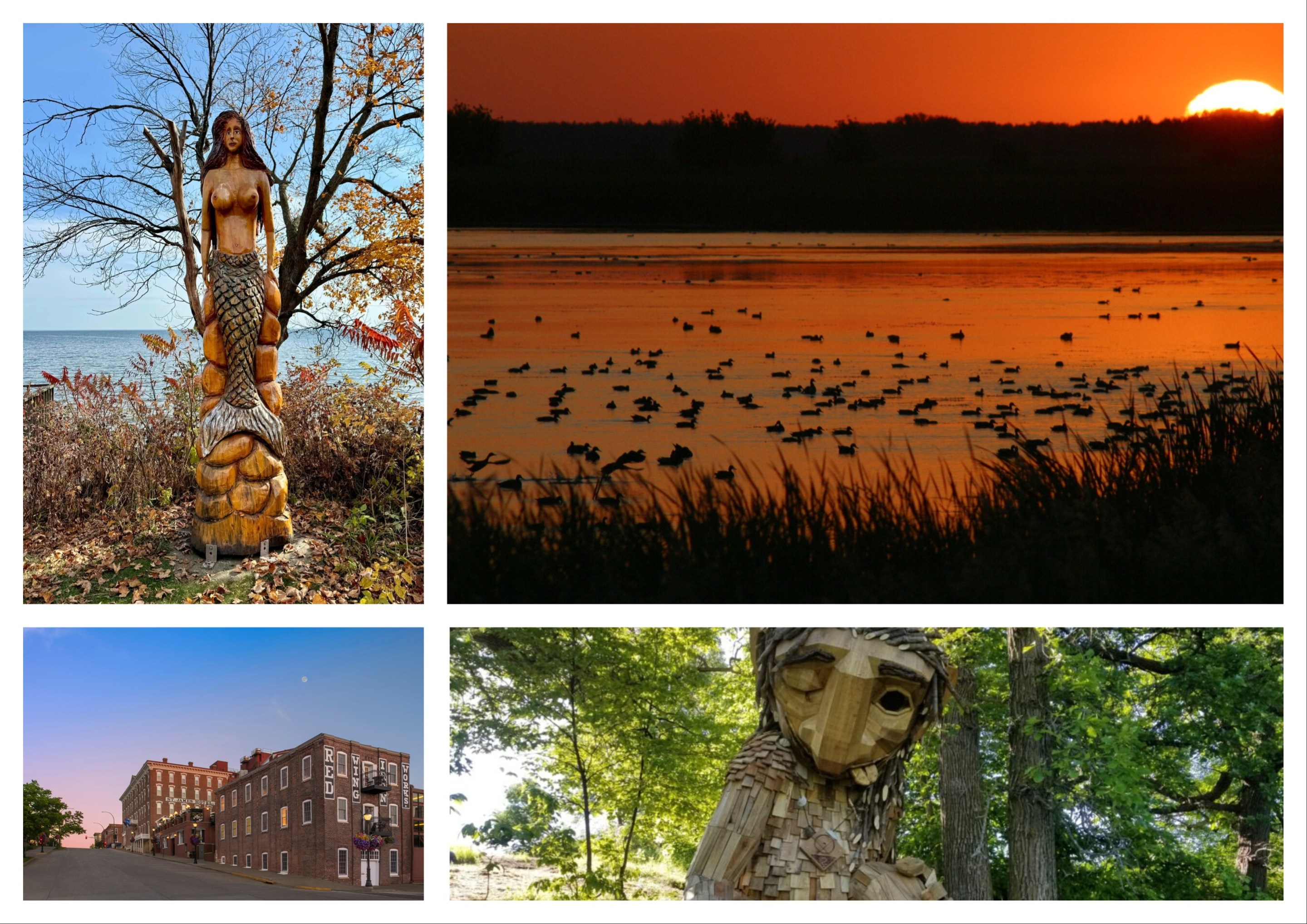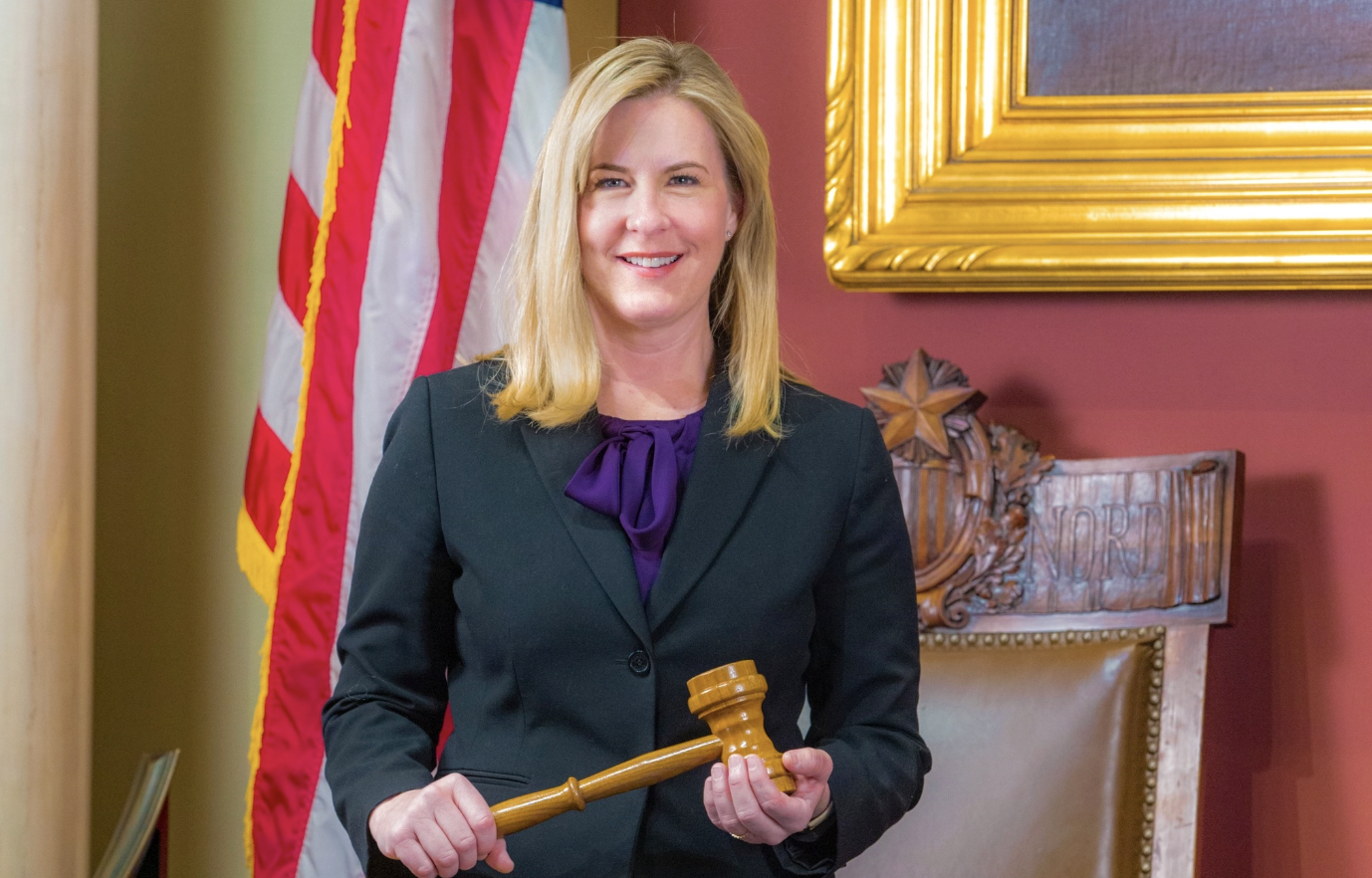There’s a reason staycations have been booming in popularity in recent years. Life in Minnesota is expensive, the middle class can’t afford to take their kids to Disney World or -land, and in the current political climate tourism abroad is less welcoming (and some of that is America’s fault). But the staycation doesn’t have to be a consolation prize. An adventure closer to home might make economic sense and broaden your regional horizons, helping you to see Minnesota differently and gain a fuller picture of the people, places, and history of our state.
The following are a few spots worthy of your attention and your tourism dollars outside of the Twin Cities metro. In some cases, these towns and attractions could use a little extra love in 2025. Others are celebrating milestones. And others are just off the beaten track. There are some natural wonders, historic homes or hotels, local history museums, and factory tours. There’s the occasional summer festival and even a newfangled and yet entirely old-school Amtrak route.
I’m a Wisconsinite now, but I do speak with some authority on greater Minnesota. I was born up north—way north, as in 35 miles north of Bemidji. I’ve lived in Marshall (and developed a deep fondness for our prairie landscapes while I was there), and my parents have lived in the Driftless Region for almost 20 years. In short, I’ve seen a wide swath of our fair state.
And so, without further delay and in no particular order…
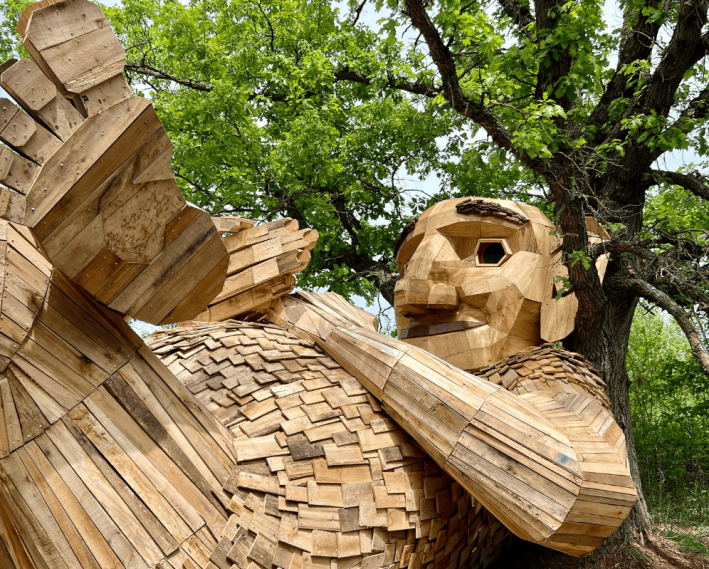
Detroit Lakes
Population: Just under 10,000, but it grows to 13,000 in the summer
Drive time from the Twin Cities: A little over three-and-a-half hours by car
Why it's worth a visit: There are 412 lakes within a 35-mile radius of this northeastern destination. Naturally, fishing is a popular pastime here, but arts and culture additions keep popping up as well. In 2024, the DL Trolls put Detroit Lakes on the radar of road trippers and curiosity seekers, and they are the epitome of “destination art” (take that, Spoonbridge and Cherry!). Created by Danish artist Thomas Dambo in collaboration with homegrown nonprofit Project 412, the giant trolls are meant to raise environmental awareness (the installations are constructed from recycled materials). Finding some of the towering sculptures requires clues, which is very much by design. “I go to great lengths to hide them because I want to show us all that trash is a treasure,” Dambo tells MPR News, adding that a jumbo bunny is the ultimate payoff. “You can only find [the bunny] if you can solve a riddle.”
While some of the novelty may have worn off thanks to last year’s media frenzy, it’s still a rush to discover these whimsical giants in the wild, and you can certainly combine troll hunting with conventional outdoorsy activities like fishing, hiking through the Tamarac National Wildlife Refuge north of town, or even making Detroit Lakes a stop along your way to Fargo, which is about 45 minutes west.
DL (as the locals refer to it) is also home to the massive country music festival WE Fest, which turns 42 this year. It’s held annually in August (and yep, that’s when the town’s population swells).
Recommended stop along the way: Morey’s Seafood has a retail shop in Motley. It ain’t glamorous, but it is a surprisingly abundant purveyor of high-end seafood smack dab in the middle of the state, with all kinds of quality smoked salmon, pickled herring, lake fish, and a variety of ready-to-serve seafood salads for sale. Bring an ice cooler and stock up for your final destination.
Tip: Detroit Lakes is home to one of a handful of Amtrak stations in outstate Minnesota. You can catch the Empire Builder in St. Paul and ride the rails northward to the depot if you’re craving something a little different from the usual monotonous I-94 trek.
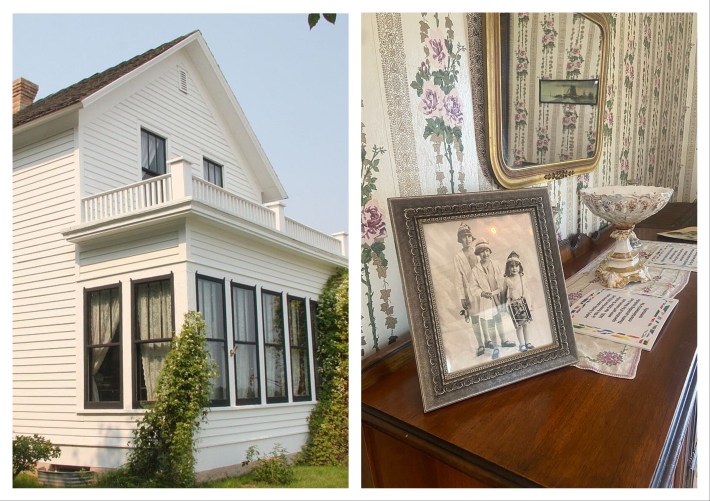
Grand Rapids
Population: 11,000+
Drive time from the Twin Cities: About three-and-a-half hours
Why it's worth a visit: Grand Rapids is a historic lumber town, and the pungent odor of the Blandin paper mill is unmistakable. It’s faintly reminiscent of cabbage, but it’s not overwhelming—nor does it take over the entire town, I swear! Founded in 1901 by the Blandin family, today the mill is owned and operated by Finnish company UPM and is one of the top makers of the glossy paper used in magazines and catalogs. I’ve had a thing for factory tours ever since Sesame Street’s mesmerizing crayon factory segment. While Blandin’s tour is not nearly as colorful, it really is impressive to see a log of balsam fir transform into a giant ream of glossy paper.
For a historical take on the city’s lumber heritage, I highly recommend the Forest History Center, which operates as a Minnesota Historical Society site. My 12-year-old self has fond memories of a guide demonstrating how to feed pancakes to hungry lumberjacks in a 19th-century kitchen. There are also hands-on activities, a fun visitor’s center, and three very different hiking trails (choose from river, swamp, and forest routes).
I’d be remiss to talk about this town and not mention Judy Garland. Born Frances Ethel Gumm on June 10, 1922, in Grand Rapids, her legacy is celebrated throughout the area. In 2024, Grand Rapids’ Judy Garland Museum made a valiant but futile effort to buy a pair of ruby-red slippers from The Wizard of Oz that had been stolen in 2009 and recovered in 2018. The Minnesota Legislature even pitched in a cool $100,000. The shoes eventually sold for $28 million—a record-breaking $32.5 million after commissions—to an anonymous buyer.
So no, there are no slippers in the Judy Garland Museum. But it’s still worth a visit. Next to Marilyn Monroe, no other movie star has been as endlessly commodified and cited as a victim of Hollywood excess. But the museum humanizes her, providing a tangible reminder of her humble origins and day-to-day life. Consider timing your trip to coincide with the Judy Garland Festival in June, which includes a campy Ruby Slipper Theft Tour and a “Who Stole the Ruby Slippers?” dinner party. “It’s the most asked question at our front desk. You know, what happened?” Janie Heitz, the museum's executive director, tells KTTC. “Since the two indictments by the FBI, there’s been more interest.”
Not far from the Garland Museum: The annual conference of the Minnesota Bigfoot Research Team, which Racket attended last fall.
Recommended stop along the way: The trek out of the Twin Cities to Grand Rapids takes you up Hwy. 169, and a good chunk of that passes by Lake Mille Lacs. This 133,000-acre lake is absolutely huge, Minnesota’s second-largest behind Lower Red Lake. Be sure to stop on the north shore side, where you can see the Lake Mille Lacs Mermaid, aka the “Lady of the North Shore.” Chainsaw artist Troy Halget created this 11’5” carving, which is almost three times the size of the Little Mermaid statue in Copenhagen, Denmark.
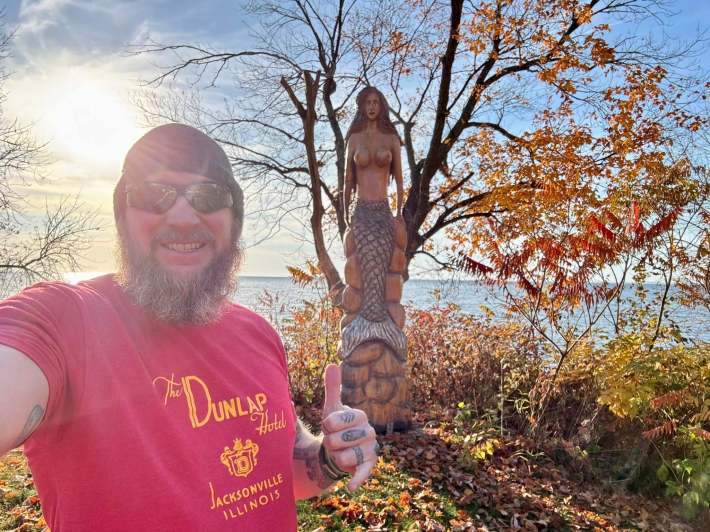
Tip: Once you’re in Grand Rapids, stop by Klockow Brewing Co., a craft brewery started by husband-and-wife team Andy and Tasha Klockow. It’s become a major hub for eclectic community events, including a mobile sauna residency, pop-up book shops, open-mic nights, and storyteller afternoons. Menu offerings include a solid line up of beers, THC seltzers, and a robust NA selection.
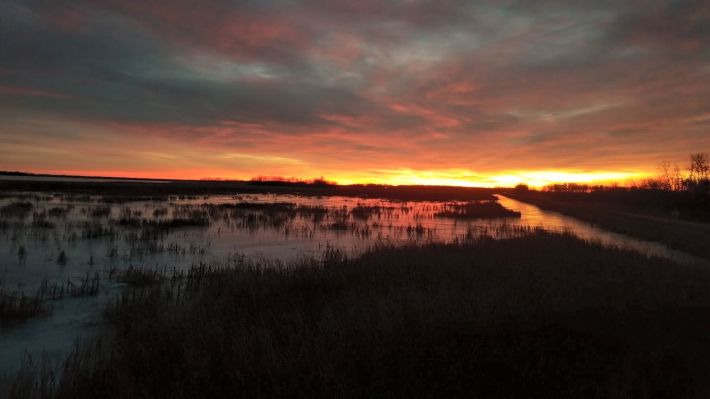
Thief River Falls
Population: 8,800+
Drive time from the Twin Cities: A little over five hours
Why it's worth a visit: About 160 miles north of Grand Rapids, the community of Thief River Falls sits on the confluence of the Red Lake River and the Thief River. The city possesses an eclectic entrepreneurial heritage, and is considered a greater Minnesota business success story. Digi-Key, a homegrown manufacturer of electronic components, enjoys global demand while civic leaders have embraced a pro-business mindset, supporting a $400 million economic expansion in 2022. That investment will come in handy as the community absorbs the closure of the Arctic Cat snowmobile factory later this year.
In town, the family friendly GrandStay Hotel and Suites sits near Digi-Key’s campus while the Red Lake Nation operates a Seven Clans Casino on the south end of town that includes a waterpark. A major fundraising effort to restore the original Carnegie Library was successful, and now is home to a visitor’s center and community gathering space, while the former train depot now serves as City Hall.
About 30 minutes north is one of the most underappreciated natural attractions in greater Minnesota: Agassiz National Wildlife Refuge. Between 14,000 and 8,000 years ago, most of northwestern Minnesota and practically all of Manitoba were covered by Lake Agassiz, a glacial lake larger than all five Great Lakes combined. Today, the 61,500-acre expanse of the Agassiz National Wildlife Refuge is home to all kinds of creatures, including moose and two wolf packs. Numerous shallow wetlands also make it a prime destination for over 300 bird species, earning it a spot on the Pine to Prairie International Birding Trail.
From there, an hour’s drive north will take you to Hayes Lake State Park just south of Roseau. Here there are hiking trails, cabins to rent, and camp sites. It’s also recognized as a “Dark Skies” location with a night-sky brightness Bortle rating of No. 2. What does that mean? That it’s very dark at night with only a faint hint of any light pollution. If it’s a clear evening, you’ll see a whole lot of stars, possibly the Milky Way, and just maybe the Northern Lights.
Recommended stop along the way: You’ll be heading by the World’s Largest Turkey in Frazee, Minnesota, with signs along Hwy. 10 pointing the way. A quintessential roadside attraction, “Big Tom” was erected by the community’s turkey farmers to celebrate Frazee as the “Turkey Capital of North America.” He’s 22 feet tall, which adds up to many Turkey-to-Go sandwiches. He’s even been featured in this New York Times’ story on Minnesota roadside attractions. “Traveling the U.S., if you wear a Frazee shirt, you’re going to have somebody stop you,” says Frazee Mayor Mike Sharp, describing a typical exchange as: “Hey, I stopped there, I’ve looked at your turkey.”
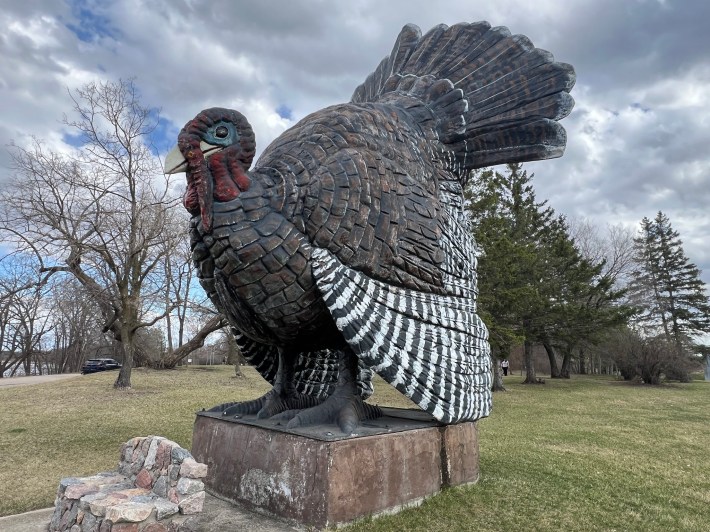
Tip: Thief River Falls makes the most of the Red Lake River through developing the Greenwood Trails Recreation Area, L B Hartz Park, and Mill Yard Park all adjacent to the river with paved trails, bridges, picnic areas, and bike paths winding through scenic green spaces.
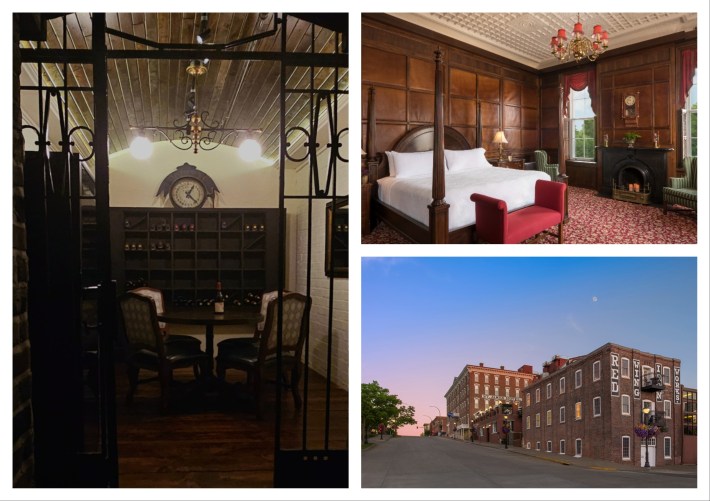
Red Wing
Population: 16,756
Drive time from the Twin Cities: About an hour
Why it's worth a visit: Shifting from the far north to the far south of the state, we’re swapping lakes for the Mighty Mississippi. One of my favorite river towns in the state is Red Wing, a vibrant community 40 miles south of the Twin Cities. Just a few years ago, I found myself marooned in Red Wing during a snowstorm. The silver lining to snowmageddon was that I was stuck at the St. James Hotel, one of only two hotels in the state with a Historic Hotels of America designation (the Saint Paul Hotel is the other). St. James is celebrating its 150th anniversary in 2025, and amenities include a cute little boutique in the lobby, a speakeasy-style cocktail lounge in the basement, and the Ski Jumping Hall of Fame in the hotel’s mezzanine level.
While I didn’t experience any paranormal activity, some claim the hotel is haunted. “The ghostly tales date back to 1890 when it was a temporary morgue for boat accident victims, who are allegedly still hanging out there to this day,” writes Kristen Winiarski for American Ghost Walks. Clara Lillybad, who helped run the hotel with her husband Charles in the early 1900s, is also said to roam the halls.
With Amtrak’s opening of the new, Racket-approved Borealis Line, accessing Red Wing by train is surprisingly cheap, accessible, and easy from St. Paul’s Union Depot. Red Wing’s depot is located downtown and it’s clear that business and civic leaders have long prioritized the area’s economic sustainability and vitality. Red Wing Shoes’ flagship store, which also houses a museum and the world’s largest boot, is a key anchor here, and La Regia Market, the go-to source for the best birria in town, can be found on Main Street. There’s also a farmers’ market that prioritizes local farmers and producers within a 30-miles radius of Red Wing, an arts center showcasing local artists, and the wonderfully Scandinavian Uffda Shop, for all your Dala Horse and Nordic Noir needs.
Recommended stop along the way: Just south of Hastings, Alexis Bailly Vineyard is Minnesota’s oldest vineyard. The setting is picturesque, and the winery hosts special events to attract guests during the winter months, including bingo on Sundays, heated yurts to accommodate larger groups, and pop-up saunas.
Tip: The long wooden bar in the St. James Hotel’s Port cocktail lounge (located in the basement) was once owned by gangster Al Capone, lending an air of authenticity to the Prohibition-era atmosphere. But know that the lounge is closed on Sundays, Mondays, and Tuesdays.
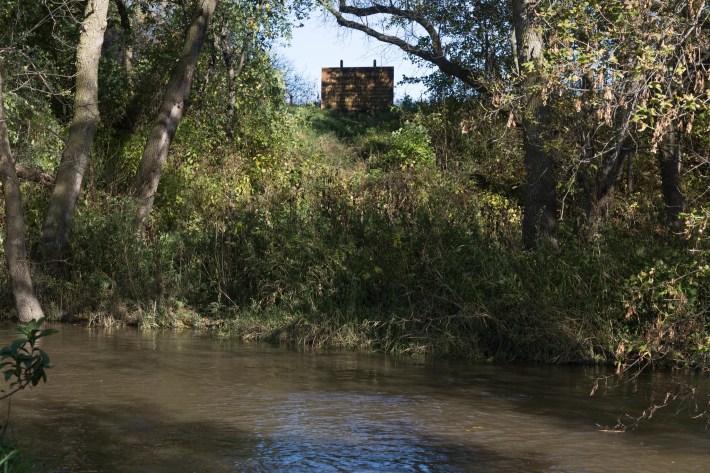
Marshall
Population: 13,906
Drive time from the Twin Cities: About three hours
Why it's worth a visit: Marshall is the quintessential prairie town, but it’s also an economic and educational hub for southwestern Minnesota, perhaps best known as the longtime home to Schwan’s Foods, founded by Marvin Schwan in 1952. From ice cream novelties to Red Baron pizzas, the frozen food aisles of America’s grocery stores were forever changed by Schwan’s promise of bountiful icy abundance. Its canary yellow delivery trucks which once brought tasty, highly processed frozen meals right to your door, are also iconic.
While the company was an economic juggernaut for the community and a Minnesota success story for almost 70 years, its slow decline began as the entrepreneurial generation of the family died in the early 2000s, and accelerated in 2019 when it was partially acquired by a Korean company. (The home delivery portion, which remained under family ownership after the sale, ceased operations this past fall.) Still, the influence of the company remains everywhere in town, from a Schwan’s ice cream parlor tucked away inside the Lyon County Museum, to the Red Baron Arena, which hosts a wide range of events.
Southwest State University, home to 6,529 students, also calls Marshall home, and offers a variety of unique spaces open to the public. The William Whipple Gallery showcases all kinds of arts, regularly hosting shows featuring painters, ceramicists, and mixed-media artists. There’s also a restored prairie and garden and a planetarium on campus.
The town also sits in the heart of Laura Ingalls Wilder country. Thirty minutes east, you’ll find Walnut Grove along Hwy. 14 (also known as the Laura Ingalls Wilder Memorial Highway). Plum Creek flows through the site of the original Ingalls Family dugout home, and while it is not much more than a depression in the ground today, you can easily imagine a young Laura picking a bouquet of prairie flowers as she chronicled in On the Banks of Plum Creek. A plucky little hometown museum features numerous props from the 1970s television series, which is mostly set in Walnut Grove. It remains to be seen if the Netflix reboot will feature the area as prominently, but if the show is popular, Wilder-related tourism will likely see a resurgence. In July, the community comes together to put on the longstanding Wilder Pageant, a production with actors and crew from across the region. “When we first started Little House on the Prairie, we got some very odd reactions in Hollywood,” actor Charlotte Stewart, who played schoolteacher Miss Beadle, told the Marshall Independent during a 50th cast reunion at Wilder Pageant. “They were kind of scoffing at us. Well, excuse me, but we’ve been on the air for 50 years.”
Recommended stop along the way: The Giant Corn Gazebo in Olivia is an oddity worthy of a photo. Olivia is the county seat of Renville County, which the Minnesota Senate proclaimed to be the “seed corn capital of the world” in 2005. It celebrates this distinction with a giant ear of corn atop a gazebo, of course. It’s located along Hwy. 212, so you can’t miss it.
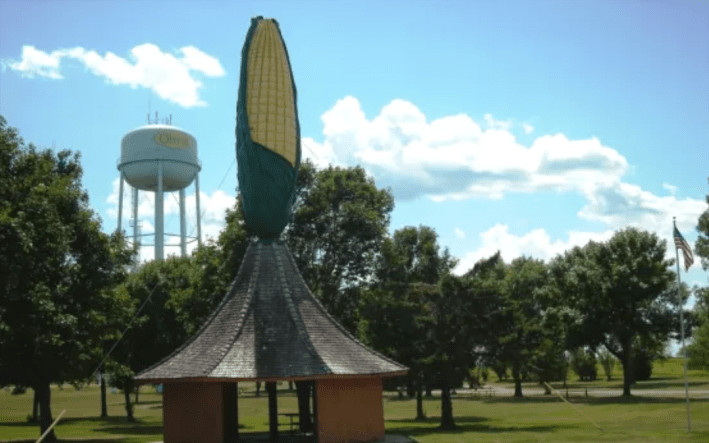
Tip: Much of the route from the Twin Cities to Marshall is along the old Yellowstone Trail, which was the first transcontinental automobile route in the United States. It was built in 1912, and linked Plymouth Rock, Massachusetts, to Seattle, Washington. It was promoted with the slogan “A Good Road from Plymouth Rock to Puget Sound,” and you can still spot markers and painted yellow rocks along the way, which makes for a good car game.
